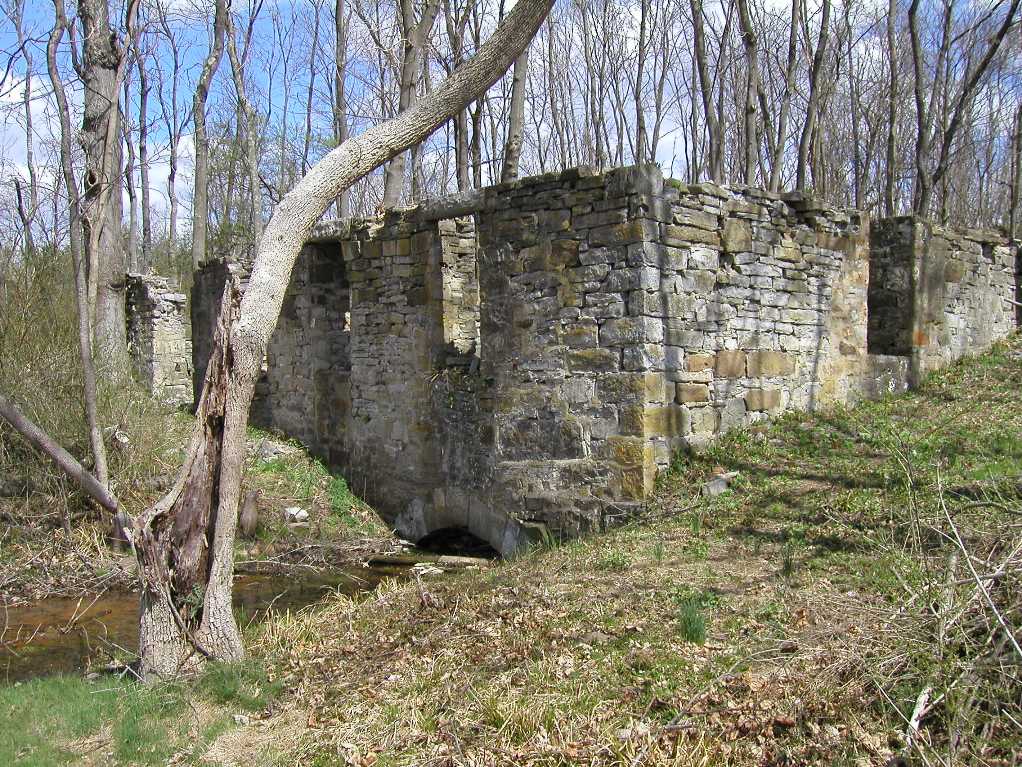Archaeologists have just come out of the field after a second season of excavation at a colonial site on the eastern shore of Maryland. Although many weeks of laboratory work and analysis are ahead of them, this newly discovered site is already sharing its story!
What Did the Archaeologists Find?
The preliminary archaeological findings show that the kitchen held cream pots, a butter pot, milk pans, and utensils. Guests and family members drank from mugs, enjoyed cups of tea, and even bottled wine. The tables were set with a punch bowl, plates, and platters filled with domestic and wild cuts of meat from cows, deer, ducks, and turtles.
Artifact analysis also revealed the occupants spent their leisure time playing the flute, and smoking white clay pipes from England. Additional household objects included straight pints, scissors, and a thimble----evidence of sewing and mending.
One can imagine
the disappointment of the person who broke this beautiful Westerwald vessel and the delight of the archaeologist who pieced it back together.
The top of a
Bellarmine jug, also called a Bartmann jug (bearded man), was found in a pit. This jug is a round-bellied,
narrow necked stoneware vessel made near Cologne, Germany sometime during the 1600s. These jugs were often used to store wines, ale, oil,
vinegar, or water.
North Devon gravel tempered chamber pot was only glazed on the inside to ensure the contents were not absorbed into the vessel. Archaeologists were unable to determine whether it was dropped when full or empty.
North Devon gravel tempered chamber pot was only glazed on the inside to ensure the contents were not absorbed into the vessel. Archaeologists were unable to determine whether it was dropped when full or empty.
Who Lived Here?
Perhaps the biggest question archaeologists wanted to answer was who lived here? After hours of
research they learned the Closiers, Knapps, Andersons, Carrs,
Edmundsons, Stuarts, Martins, Richardsons, Walkers, and Hughletts all called this place home at some point. Furthermore, the property stayed in the hands of the daughters of each of the families.
Although the site will be impacted by the new bridge construction,
archaeologists had a chance to rescue the artifacts and information from the
soil. The opportunity to study this once lost home site provides us a fascinating
assemblage of artifacts that will reveal information about how these early
Marylanders lived on the eastern shore frontier.
Written by Heather Millis and Julie Schablitsky
Written by Heather Millis and Julie Schablitsky















